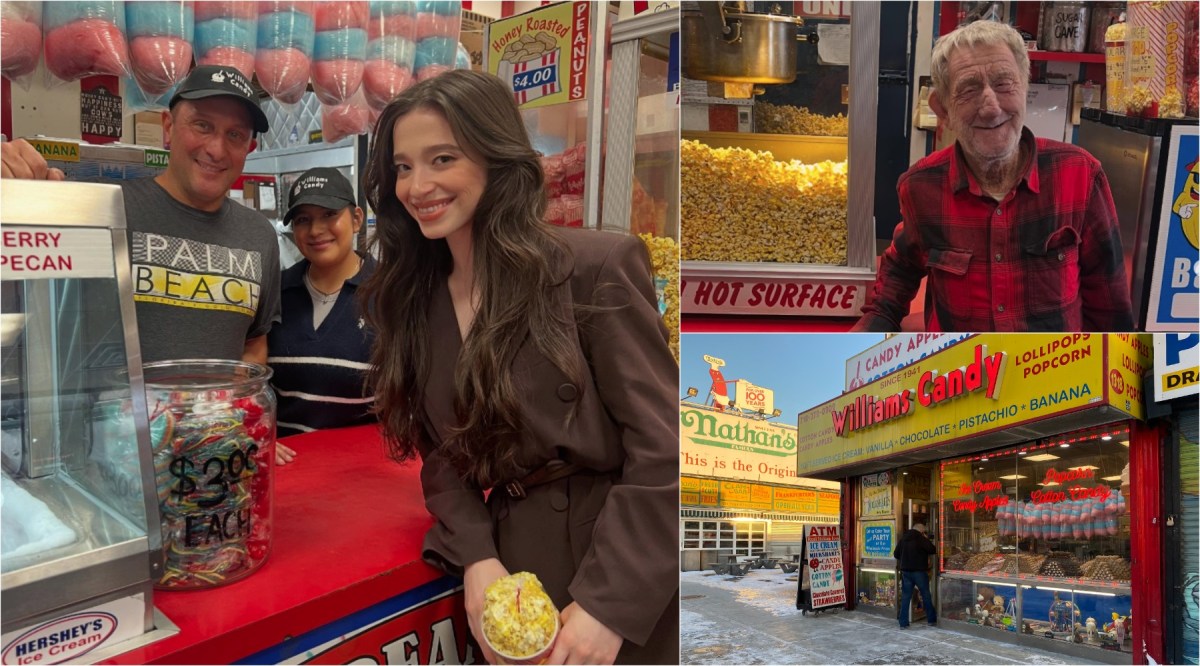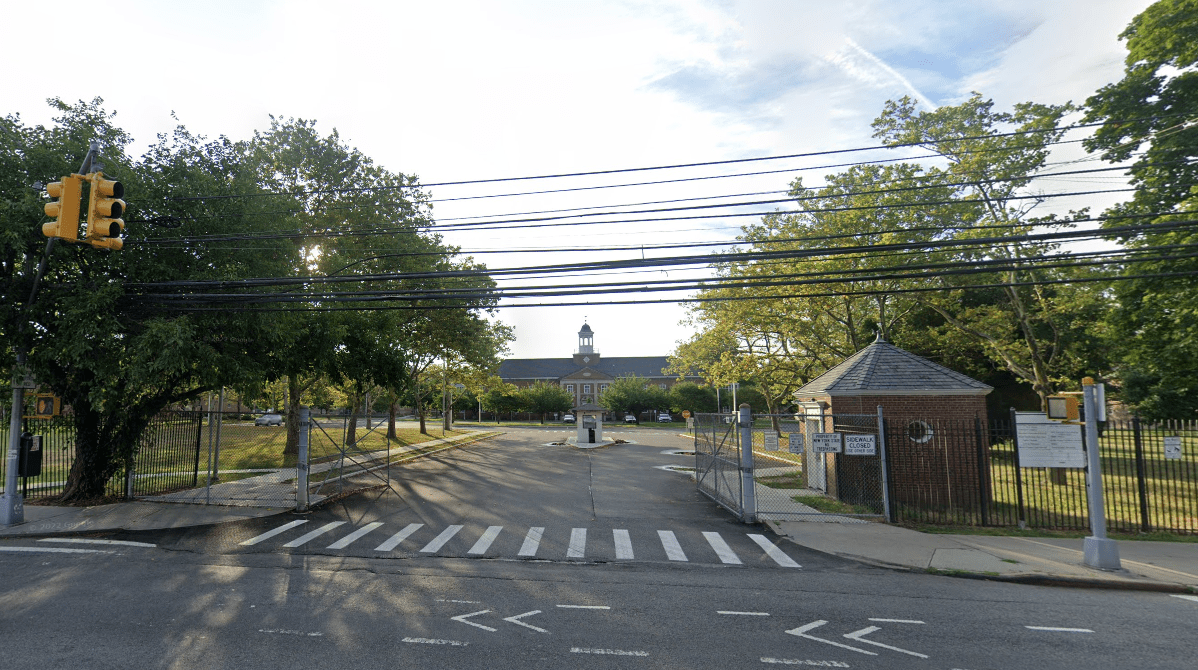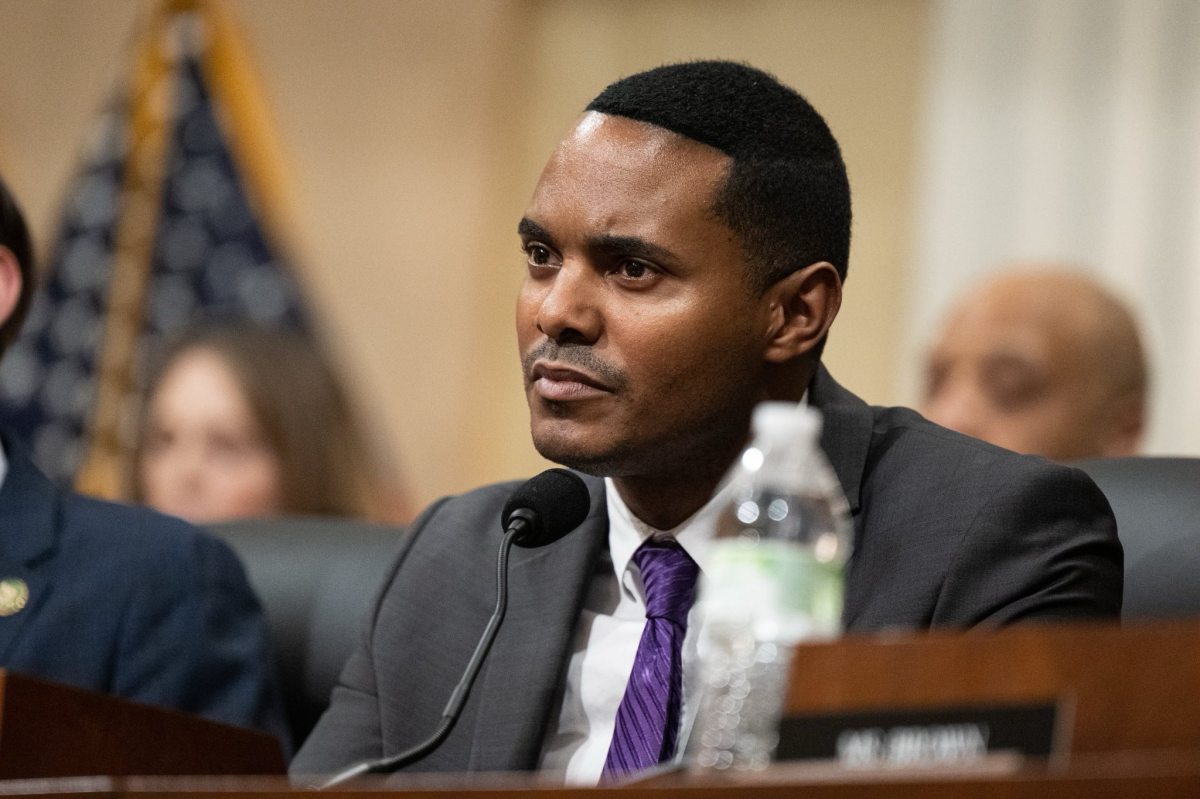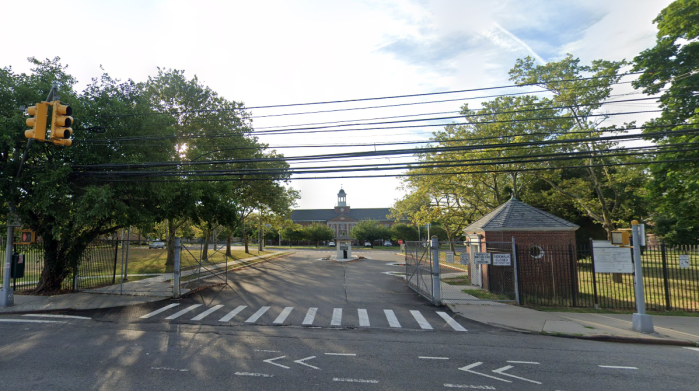At San Diego Comic-Con in 2012, Wu-Tang Clan legend the RZA hosted a roof-top, invite-only party with DJ services provided by So So Defmastermind Jermaine Dupri. It was an odd, and occasionally awkward, fit; the same people chasing down convention-exclusive toys likely didn’t know that Dupri appeared in the music video for Whodini’s “Freaks Come Out at Night,” and not many hip-hop heads may be able to tell the difference between the DC and Marvel comic universes.
Those worlds fit together better in “Hip-Hop Family Tree,” a series of comic books by artist Ed Piskor that illustrates the origins of rap music and hip-hop culture. And “origins” doesn’t mean Run DMC’s “Walk This Way”; Volume 2 (which hit stores September 7) includes the years 1981-’83 and events like the filming of seminal film “Krush Groove,” the establishment of the “Wheels of Steel” parties at the Roxy and the even how Mr. Magic’s Rap Attack on WBLS changed the genre’s growth trajectory (with a cameo from a very young Christopher Wallace, before he was “big”).
“I want to make a comic that hip-hop people will read and then maybe give comic books a shot if it’s not a normal portion of your pop culture diet,” Piskor said. “And I want to make a comic that stands as a good comic and maybe a comic fan discovers something that speaks to them about hip-hop.”
amNY spoke with Piskor about volume two of his series, what he learned from working with comics legend Harvey Pekar, and what classic tracks he hasn’t heard.
amNY: It’s remarkable how interconnected the rap world was at its start.
Piskor: It came from such a small area in the South Bronx to start that everybody who was involved in the culture at that point had a relationship with one another. You can draw these really clear lines movingforward from each of these individuals, because they all came from the sameplace. It’s almost like six degrees of separation.
amNY: You drew for Harvey Pekar (of American Splendor fame) and his comic history of the Beat Generation. What did you take from your gigs with him?
Piskor: The way I have formatted the story has come from working with Pekar on that one in particular. But when I drew that for him, it was strictly a commercial drawing assignment. I don’t care too much about the Beat Generation, but it was a great opportunity to work with a writer who was in the game for 30-plus years, and I took it as a crash course in comics writing. The format of each of my pages is similar to the format that Harvey and I did on each of the pages on “The Beats.”
amNY: So many of these old-school hip-hop songs can’t be reproduced or streamed because of the intersection of sampling and copyright law. Was there any music that you couldn’t track down while researching the book?
Piskor: Before records, the way people heard these songs was bootleg tapes at the live shows. The tapes to exist still, but they’re not sharing that stuff. They’re from a different time, when people were more precious about it. … You will find a trickling online, find a couple of tapes being steamed, but that’s where the real energy of hip-hop and it would be amazing to listen to the stuff in order and watch the patterns develop.































